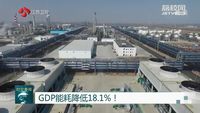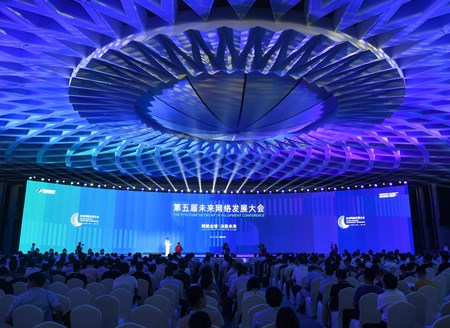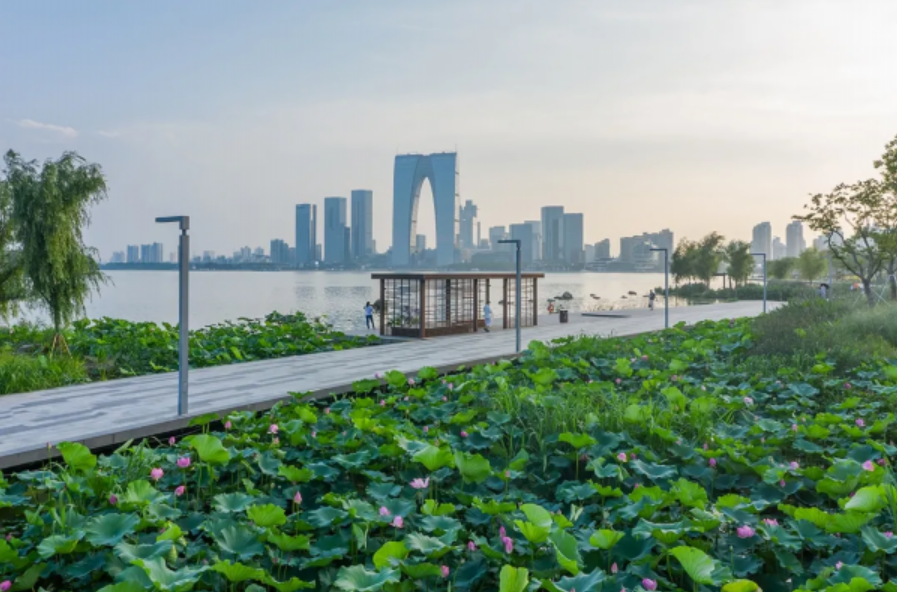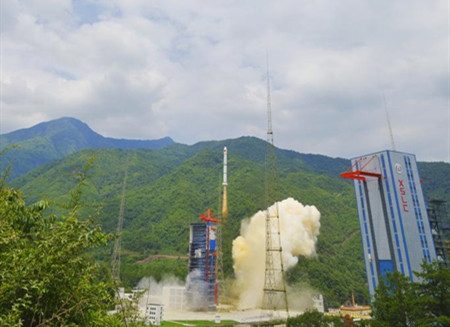Energy consumption per unit of gross domestic product in Jiangsu province dropped 18.1 percent year-on-year in the four years between 2016 and 2019, completing the binding goal of reducing 17% during the 13th Five-Year Plan one year ahead of schedule.
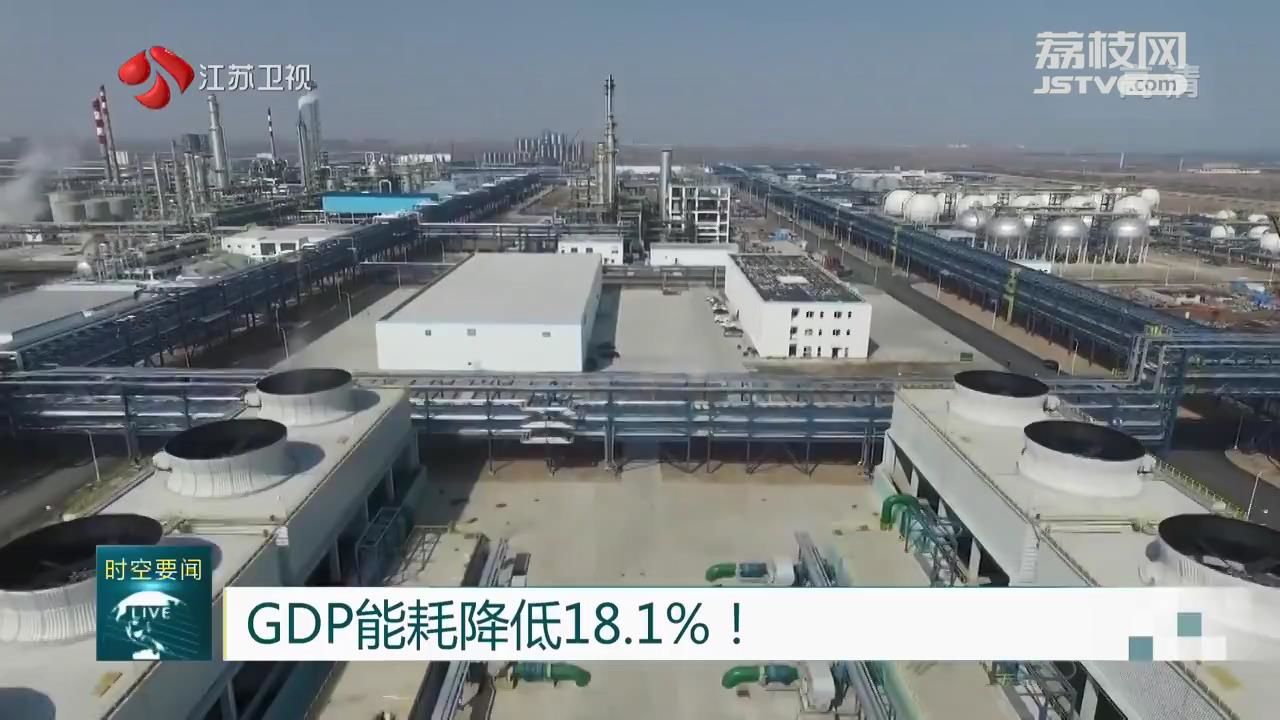
In the Lianyungang Shenghong Petrochemical Industrial Park, Acrylonitrile unit of the alcohol-based polygene ration project of Serbon Petrochemical is using regeneration units to turn the waste acid and waste thiamine generated in the production process into qualified sulfuric acid products and become raw materials for the next production link.
This green recycling industry chain with an investment of 300 million yuan creates a direct benefit of 1 billion yuan every year.
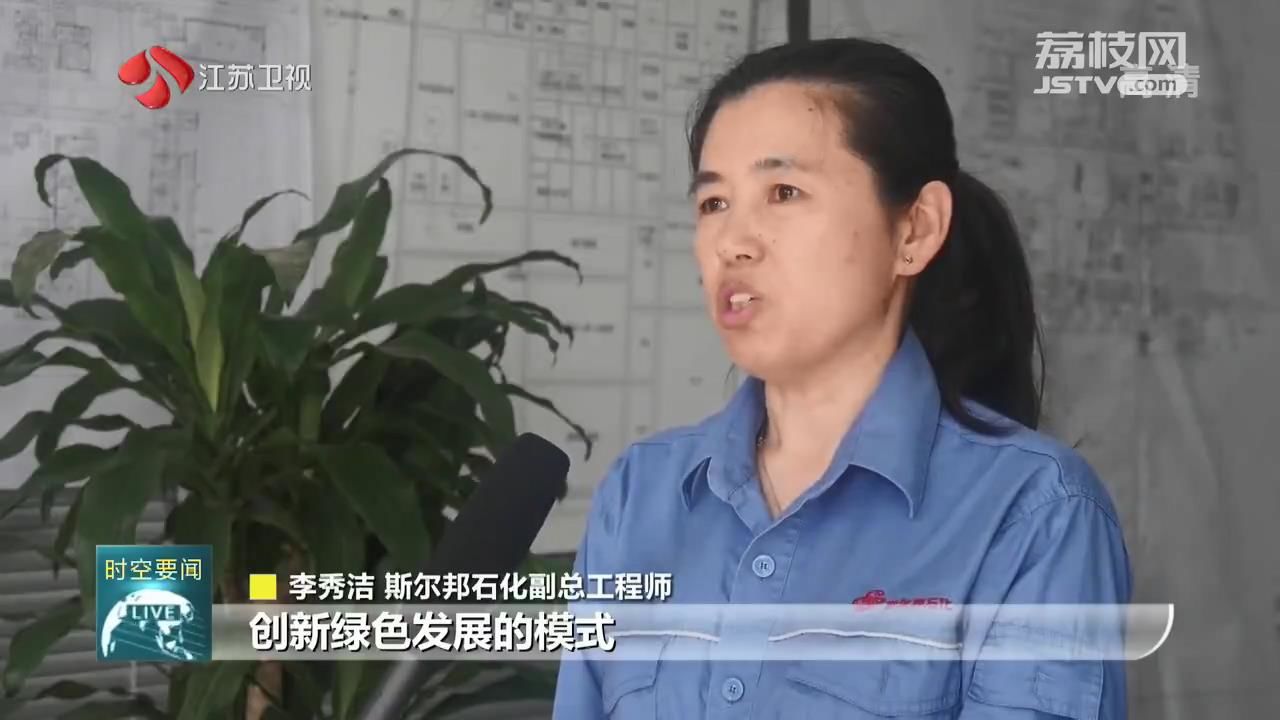
Jiangsu's industrial energy consumption accounts for about three-quarters of the total energy consumption of the whole society, and industry is the main battlefield for energy conservation and consumption reduction.
In order to realize the harmonious coexistence of economic development and the environment, Jiangsu takes the lead in the country to carry out a pilot project for energy-saving transactions.
Under the premise of controlling the total energy consumption, high-energy-consuming enterprises such as steel, coal, and chemical industries can only increase their production capacity by saving energy and reducing consumption, or purchasing surplus energy consumption from other enterprises. This innovative initiative saves 1.38 million tons of standard coal in total.

In the meantime, since the beginning of the 13th Five-Year Plan period, Jiangsu has focused on energy conservation and consumption reduction in key energy-intensive industries to accelerate the promotion of industrial green transformation.
Jiangsu has established 147 national green factories, 11 green parks, and 7 green supply chain companies, ranking among the top in the country.
In 2019, the energy consumption per unit value added of the industrial enterprises above designated size in Jiangsu dropped by 4.95% compared with the previous year, a cumulative decline of 21.9% from 2016 to 2019, which has provided important support for the completion of the province's binding target for energy consumption per unit.
In the first half of this year, Jiangsu is expected to see another drop of 5% in the energy consumption per unit of GDP.
